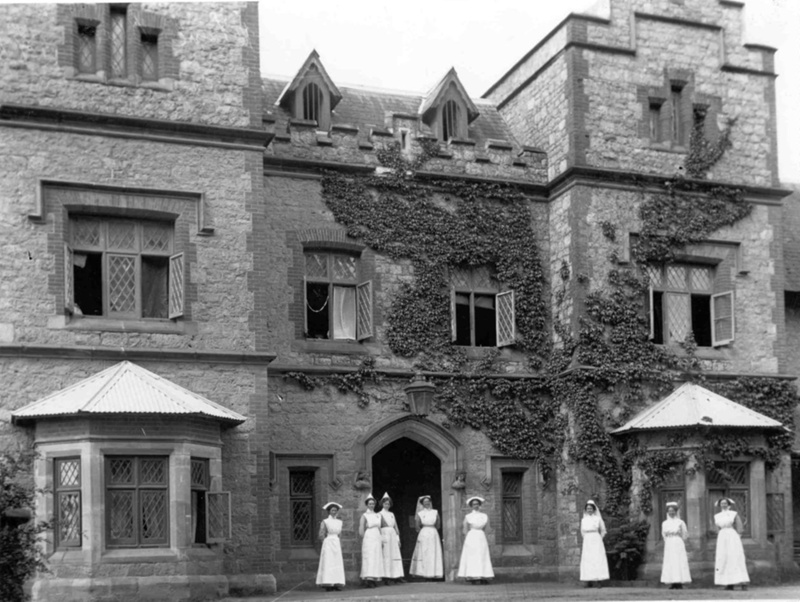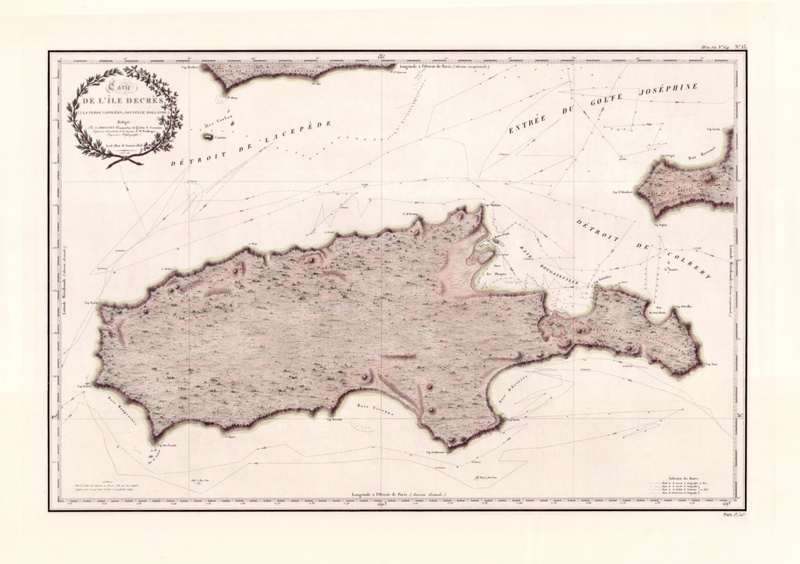South Australia family and local history resources
Researching your family or local history is a fascinating experience that once you start, it’s hard to stop. Diving down that rabbit hole means you can discover some amazing stories from your family’s history, but there are always more stories to find.
This blog highlight’s some wonderful resources specific to the South Australian area for family and local history researchers to explore. The resources listed here are just the beginning for you to find inspiration as you dive deeper into Trove’s collections.
This series starts with South Australia and keep your eye out for future blogs covering other states.
Royal Adelaide Show Competition results, combined catalogues and photographs from the Royal Agricultural and Horticultural Society (RA&HS Archives)

RA&HS Archives collects publications capturing the history of the Royal Adelaide Show over the years. The Archives has thousands of Royal Adelaide Show items in their collection, that include competition catalogues, maps, programs and much more.
‘When you consider that in an average year there are about 25,000 competition entries in the Royal Adelaide Show in a wide variety of competition categories and we have records dating back to the 19th century, it represents a sizeable proportion of the South Australian population.’ – Erin Reardon, RA&HS Museum and Archives Coordinator.
These collection items provide fascinating insight into the era of their creation, making it possible to delve even deeper into the historical period and its people. Through these collections you can explore the diverse types of competitions over time and how they’ve evolved, see how language has changed, discover products and companies long gone and learn about people’s hobbies and interests at the day.
‘We would love to have as much of our collection available on Trove as we can. In the last 12 months we have added about 35,000 pages of documents to the website, but there are many more to go.’ – Erin Reardon, RA&HS Museum and Archives Coordinator.

The Adelaide Showground turns 100 next year and to celebrate, the society aims to have all the competition results for the last 100 years available on Trove in time for the 2025 Royal Adelaide Show. The great news is you can already research 90-percent of the collection on Trove!
Items from South Australia's medical history from the CALHN Health Museum
The CALHN Health Museum preserves the historical collections of institutes within the Central Adelaide Local Health Network (CALHN) and includes donated collections from private medical institutions. Thie collection holds doctors’ papers, maps, hospital minutes, staff recordings, uniforms and so much more. Much of this collection is already available to view on Trove and the Museum’s website.
The museum cares for items from the eighteen hundreds to the present and runs an active Oral History program which collects the stories of current and past CALHN staff members to preserve forever.

Family history enquiries are common, and staff at the Museum are often able to provide substantial information on individuals associated with the institutions they represent.
‘We recently assisted a gentleman from another state who was looking for information about his aunt, who he believed had trained at the Royal Adelaide Hospital (RAH). We were able to provide details about her training and graduation from the hospital, where she was honoured with a rare gold medal for her academic achievements. Additionally, we were able to offer insights into her professional life, including a captivating photograph of her working on a ward.’ - Margot Way, CALHN Health Museum
The Museum recently took over custodianship of the Glenside collection which includes information related to mental health and the Parkside Lunatic Asylum. Although these items are not currently accessible to the public online, the museum continues to build its collections which will assist family history researchers for years to come.
Collection of maritime objects and photographic records from the Rebuild Independence Group (RIG)
The Rebuild Independence Group is a not-for-profit community group dedicated to the maritime history of the American River. The group’s purpose is to construct and operate a replica of the first wooden vessel built in South Australia, the Schooner Independence. In addition, the group maintains and shares a collection of the history of American River, a small town on the north-east coast of Kangaroo Island. This is a valuable collection and the information and insights it provides shouldn’t be underestimated.

The collection includes fascinating images and historical maps of the American River, information about some of the people that have lived there and give visitors a chance to explore the maritime history in the area.
There are some gems of information in this collection, which could be just the thing needed to expand on your family history research. The group also have further research and information on their website of the American River’s history and about building the Independence.
The maritime history of our fishing village encompasses centuries: stories of the early sealers who followed Flinders and Baudin to American River in 1803, their abduction of the Indigenous women of Tasmania and the Fleurieau; of the salt trade and families who prepared the seal skins for market; of the Chinese fishers who smoked their catch and the Scots who canned theirs for the overseas market in the 1870s. It's a story of the tools they used and the boats they sailed in. It's still in the making, with the reconstruction of 'Independence', the wooden vessel built in 1803 by the American sealers who gave our village its name. The RIG Collection tells the story of our people and the sea: a small piece of the vast puzzle that is the maritime history of Australia. – Anne A’Herran, RIG volunteer
These South Australian resources are just scratching the surface of what is available. We hope that these collections have given you inspiration on where to look for your own research. See what other resources you can find and happy researching!
More South Australian resources
- Horner index
An index of departures by passenger ship from South Australia directly for overseas. - The Hodge index
An index of arrivals in South Australian ports from interstate and New Zealand and departures from South Australian ports for interstate and New Zealand. - Barossa Valley local oral histories
Interviews with locals of Barossa valley. Some transcripts can be found online on Trove. Otherwise, the recordings can be accessed at the State Library of South Australia or the Barossa Libraries catalogue. - Forest South Australia photographs circa 1957 - 1983
Contains images of forestry related assets, including plantations (nurseries, forests and individual tree species), buildings, equipment, forestry workers and work areas. - The Les Hill Photographic collection
Containing over 16,500 photographs of Mount Gambier and surrounding districts dating back to the 1800s, there is a wide variety of photographs including local landmarks and local families. - Mt Gambier digital timeline
This resource combines historical photographs and research which highlights the social history of Mount Gambier. This timeline includes significant buildings, local events, key organisations and population data. - Historical photos of the Yankalilla district
This collection contains hundreds of historical images of the local region including local family photos, historical buildings and community groups.
Find more guides
We’re creating family and local history resource guides for each State and Territory of Australia. See our guides for: